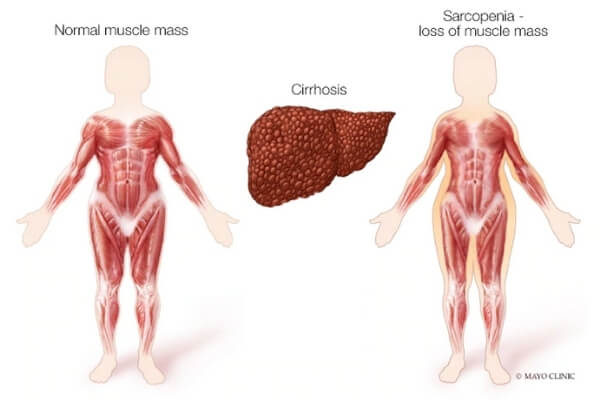FIRST OF ALL, WHAT IS ‘SARCOPENIA’?
At some point during our 30s, we start losing muscle mass at the rate of around 5% per decade, due to the aging process. This will affect things such as balance and your ability in performing day to day tasks.
WHO IS AFFECTED BY SARCOPENIA?
This condition will usually start to become apparent at around the age of 30 and worsens significantly past the age of 75. People who live a sedentary lifestyle, people who don’t exercise or stay active, people who don’t get enough essential vitamins and minerals and people who don’t get enough protein will be affected by this condition a lot more than others, who live a healthy and active lifestyle.
Although as of yet there is nothing we can do to completely stop this process happening, however there are many measures we can put in place to avoid it as much as we possibly can.
WHAT TO DO IF YOU FEEL THIS MAY BE AFFECTING YOU?
If you feel like you live an active lifestyle and have proper nutrition but still suffer, there have been studies showing that supplementation can have a positive effect on the symptoms associated with Sarcopenia, symptoms can include such things as weakness, stiff joints and loss of stamina
Supplements such as creatine along with a weight resistance training programme, vitamin D and protein supplements have been shown to aid in maintaining muscle strength and physical performance.
Here’s a simple test in measuring the flexibly, balance and muscle strength of an individual. Developed by the Brazilian physician Claudio Gil Araujo, who claims that this simple test can predict how long you would live. While we agree that flexibility, balance and muscle strength are key factors for longevity, it is no prophecy of your life expectancy. We do hope however you will find it motivational to make you move and exercise more.
1. Stand in bare feet with clear space around you
2. Without leaning on anything lower yourself down to a sitting position
3. Now stand back up trying not to use your hands, knees, forearms, or sides of your legs.
Scoring
The score is based on a ten point scale with a point subtracted every time a hand or your knees are used to support you.
